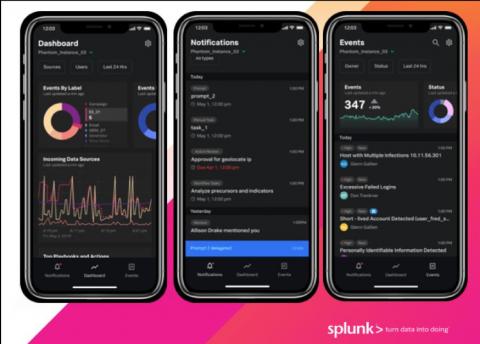SOAR In Your Pocket
Hi, Let's take a look behind the scenes and find out how Security Orchestration Automation and Response (SOAR) solutions can have a positive impact on your security investigation and response efficiency. In this article, I'll also highlight how Phantom-mobile makes your life as the “officer on duty” a lot easier.





